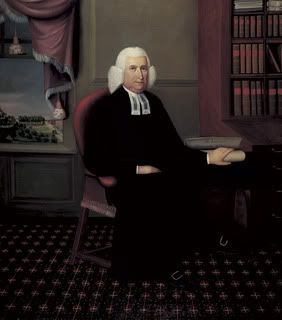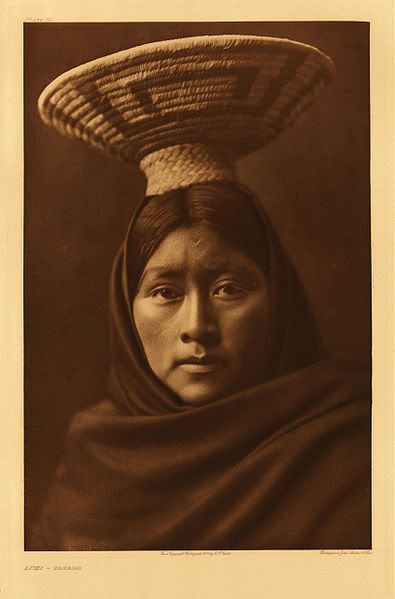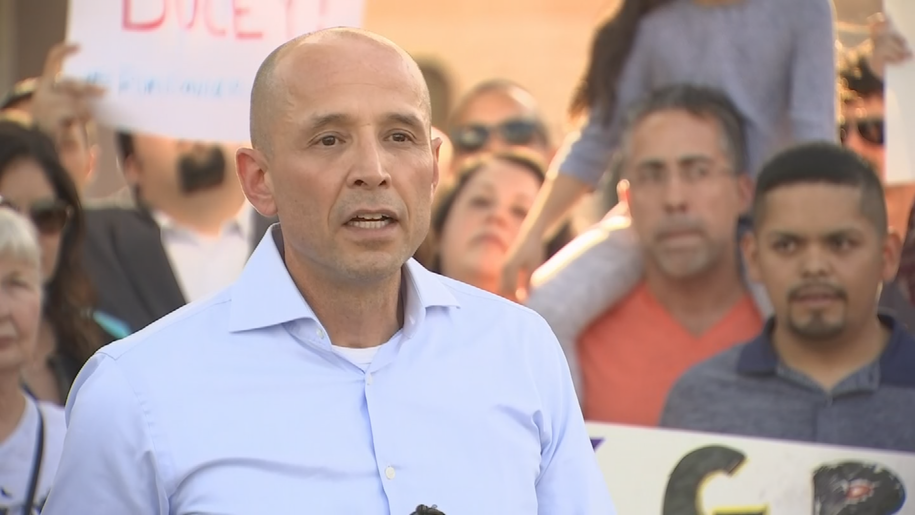Jesuit Missionaries in Arizona
( – promoted by navajo)

photo credit: Aaron Huey |
The Spanish missionaries made a four-pronged approach into North America: Florida and the Southeast (beginning in 1549); New Mexico and Texas (beginning in 1581); California (beginning in 1769); and Arizona (beginning in 1687). While there are many histories about the Spanish missions in New Mexico and California, those in Arizona tend to be less well-known. The missionary efforts in Arizona were carried out by the Jesuits (Society of Jesus, a religious order of the Roman Catholic Church).

The Spanish missionary efforts in Arizona began in 1687 when Father Eusebio Kino, a Jesuit, established a series of missions among the O’odham peoples in the desert of southern Arizona. These were people who had been farming in this desert environment for at least a thousand years. While Kino was adored and beloved by many, his endeavors were not universally accepted.

In 1691, Father Kino visited the O’odham village of Tumacacori and noted that it contained more than 40 houses which were situated close together. The following year, Father Kino visited the O’odham village which he called San Xavier del Bac near present-day Tucson and noted that more than 800 people were living there.
The O’odham are the descendents of the culture which archaeologists have labeled “Hohokam.” In 1694, Father Kino visited the Hohokam ruins at Casa Grande.
While there is sometimes a stereotypical image of the peaceful, but backward, Indians of Southern Arizona welcoming the peaceful Catholic priests and joyously building their churches while being rewarded with gospel lessons, the reality is different. As in other parts of North America, Indian people were often treated as slaves and they objected to this treatment. This was seen in the O’odham rebellion of 1695. At this time, the O’odham broke out of the mission at Tubutama and attempted to free other Indians at other missions. Father Kino arranged for peace talks, but when the O’Odham arrived at El Tupo, the Spanish opened fire and massacred the peace delegation.
General Juan Fernández de la Fuente with a party of 320-352 troops arrived in Quiburi on their way to engage the Jocome, Jano, and Apache in battle. The Sobaipuri informed the Spanish that the Jocome and Jano were planning to ambush them in the Sierra de Chiricahua. Quiburi was the largest Sobaipuri settlement with a population of about 400.
Two years later, the upper San Pedro Sobaípuri accepted gifts of livestock, grain, trinkets, and baptism from the Spanish and thus solidified the alliance between the two peoples. The Sobaípuris notified the Spanish of pending ambushes which had been arranged by their mutual enemies and they accompanied them on campaigns, perhaps only as guides and spies but nonetheless on the side of the Spanish. From the viewpoint of the Sobaípuri, this alliance gave them an advantage over their enemies and for this they were willing to endure baptism.
The Spanish founded the mission of San Xavier del Bac near the present day city of Tucson in 1700. The native population of the Pima Alto (Papago, Pima, Sobaipuri) was estimated at 23,000 at this time. This indicates that there had been a decline of more than half from their pre-contact population of more than 50,000. This was due primarily to exposure to European diseases between 1638 and 1700.
In 1701, Father Kino noted that the Indians had very good cotton fabrics. The Sobaiuri gave him some very good cotton fabrics and blankets.
In 1747, the Spanish missionary Jacobo Sedelmayr observed a large, sophisticated reservoir in Pima territory. He wrote:
“Its banks appear to be walls or breastworks of mortar or stone and mortar, from the hardness and strength of the material. At its four corners are gates which admit rain water.”
He assumed that the people who made the reservoir came from Mexico. Like many other non-Indians, there was an assumption that American Indians were incapable of constructing large projects and so the large features, including ancient ruins, which they encountered were assumed to be Mexican. With regard to the large multi-story buildings at Casa Grande, he wrote:
“It appears to me that Moctezuma resided in Casa Grande; and, in other buildings on both sides of the Gila, his governors lived: for always, in this type of ruin, one building is outstanding, and dominates the others.”
In 1751, Luís Oacpicagigua led an O’odham revolt against the Spanish because of their policy of forced Indian labor. The revolt started in Saric where 18 Spanish were killed, but one priest escaped and spread word of the revolt. Oacpicagigua asked the Sobaipuri and the Apache to join the revolt, but they declined. The O’odham attacked and plundered a number of missions and rancherias, including Caborca, Sonoita, Bac, and Guevavi. The O’odham killed more than 100 Spanish, including 2 priests. The Spanish killed 40 O’odham. Over a period of several months, the Spanish soldiers suppressed the rebellion.
The Spanish captured and executed several of those involved in the rebellion, including a relative of Luís Oacpicagigua. Oacpicagigua was captured, but negotiated his freedom by promising to supervise the rebuilding of the destroyed churches, a promise which he did not keep.
During the rebellion, many O’odham (both Pima and Papago) feared Spanish reprisals and refused to join.
In 1767, the Spanish king Charles II banned all Jesuits from Spanish lands in the Americas because of his distrust of them. The administration of the missions was then transferred to the Franciscans who were seen as more reliable and pliable.




